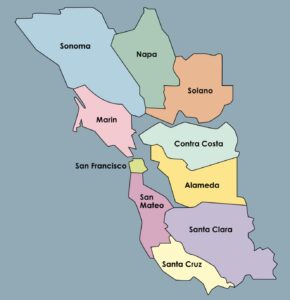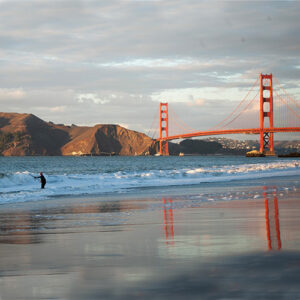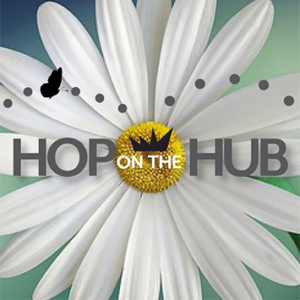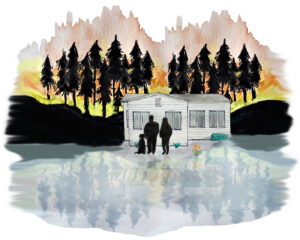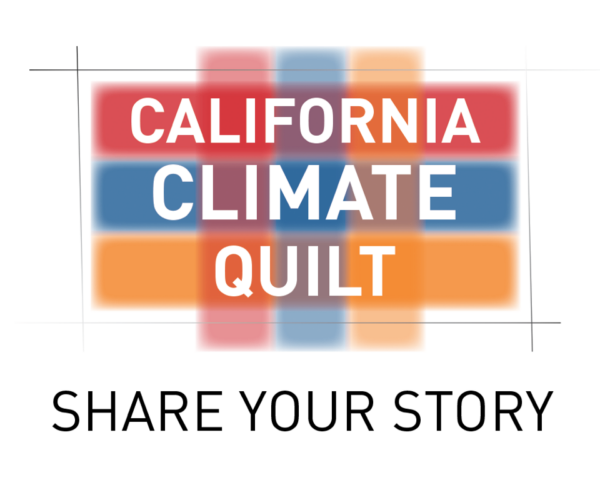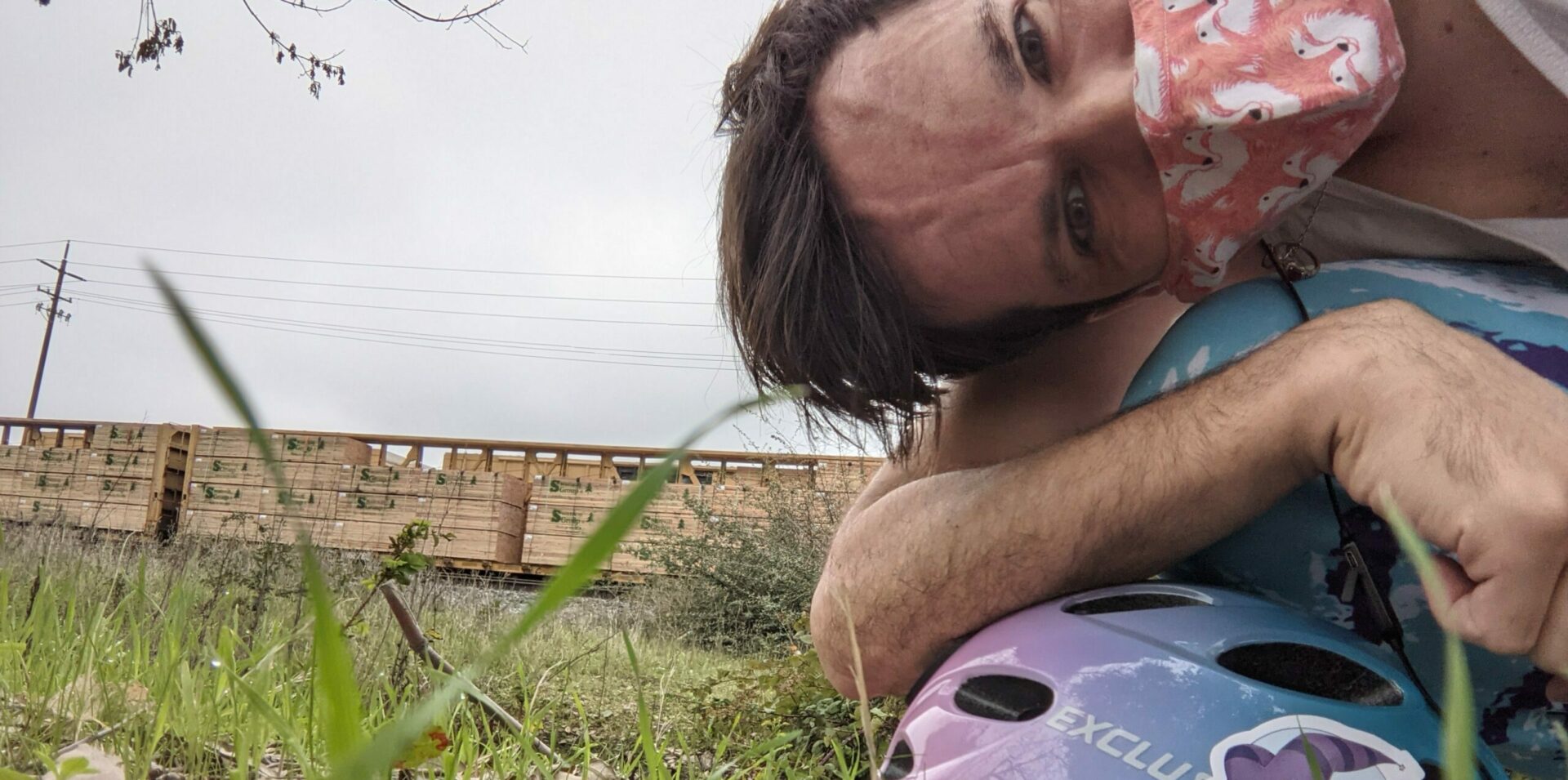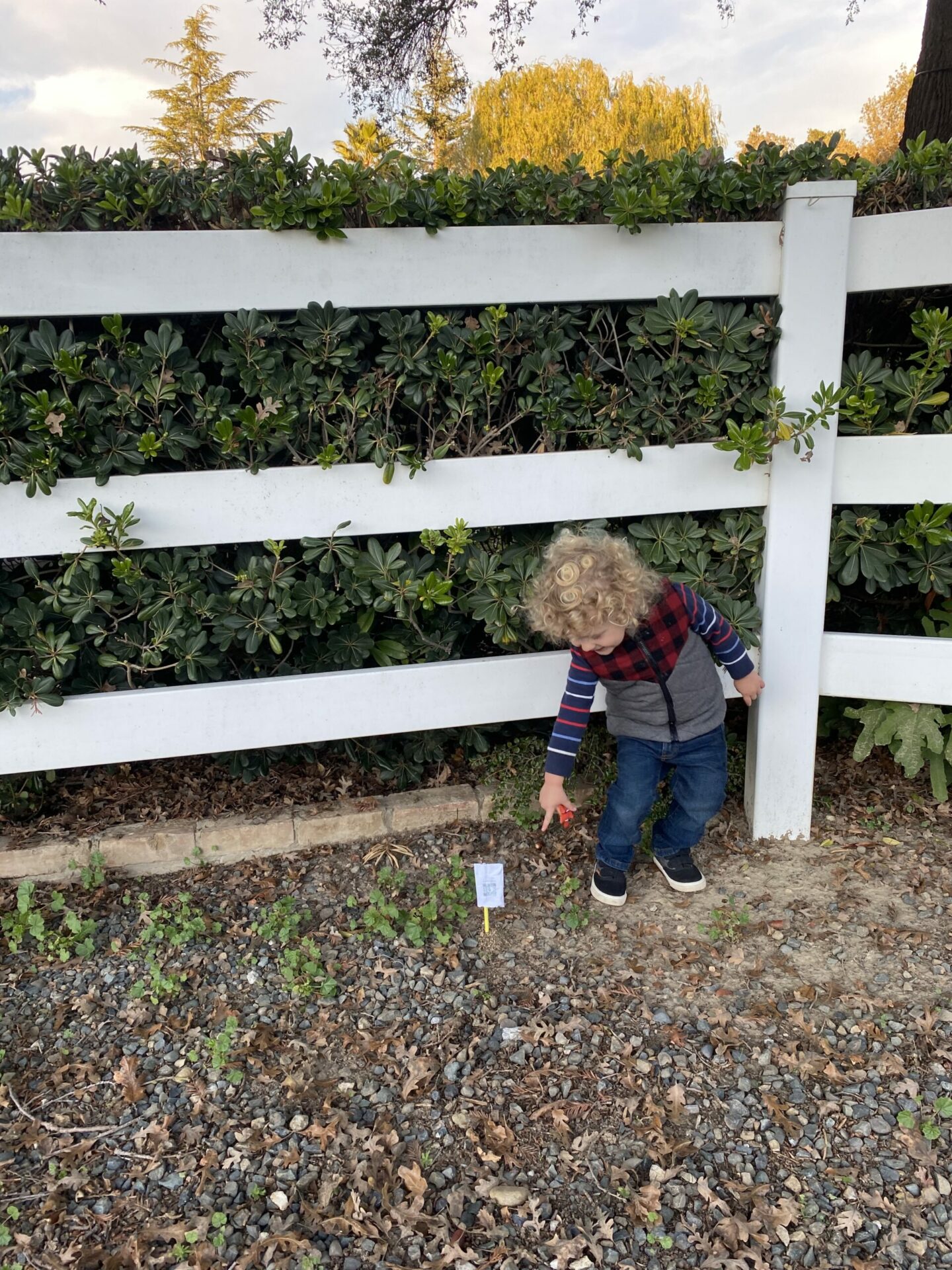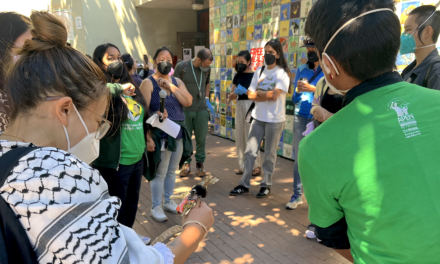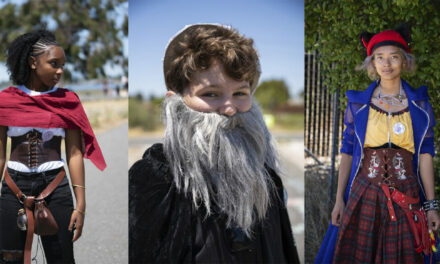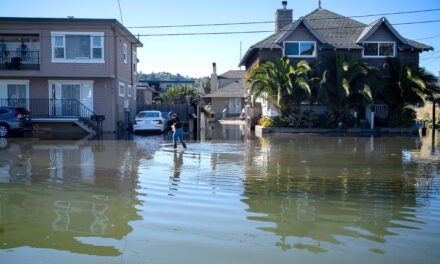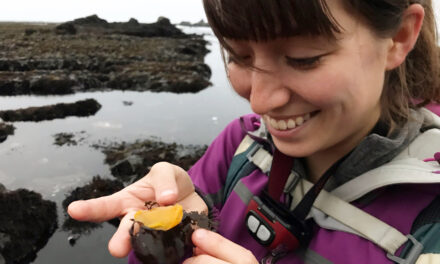Seeding Citizen Scientists
In the fall of 2021, ecologist and landscaper Billy Krimmel decided to sow 65 pounds of native seeds all around Davis, and to do everything wrong.
Everything wrong, at least, by the standards of the professional landscapers Krimmel’s native landscaping company competes with. The seed disbursers were anybody and everybody in the West Sacramento area who stumbled across the project at various breweries or pop-up events and felt inspired to take home a seed packet in the name of citizen science. Instead of nurturing soil and dutiful waterings, the thousands of would-be gardeners who joined the Seed Pile Project (run via Krimmel’s nonprofit, Miridae Living Labs) were instructed to dump the seeds anywhere and ignore them.
And they meant anywhere: sidewalks, blacktops, gravelly back alleys, sandy ditches, even flung off rooftops. “I’m talking about roads, places covered with herbicides, pollution, trash,” Krimmel said. “The core of this research question is how do we look at an environment that is conventionally viewed as bad for native species and align those characteristics with life history traits of a native species that we want to thrive?”
Miridae Living Labs picked ten native species specific to the Davis area ecotype that they hoped people without any knowledge of botany could recognize. Everyone who carried home a seed packet was asked to post a photo of exactly where they dumped them, and to revisit the site once a month through the summertime.
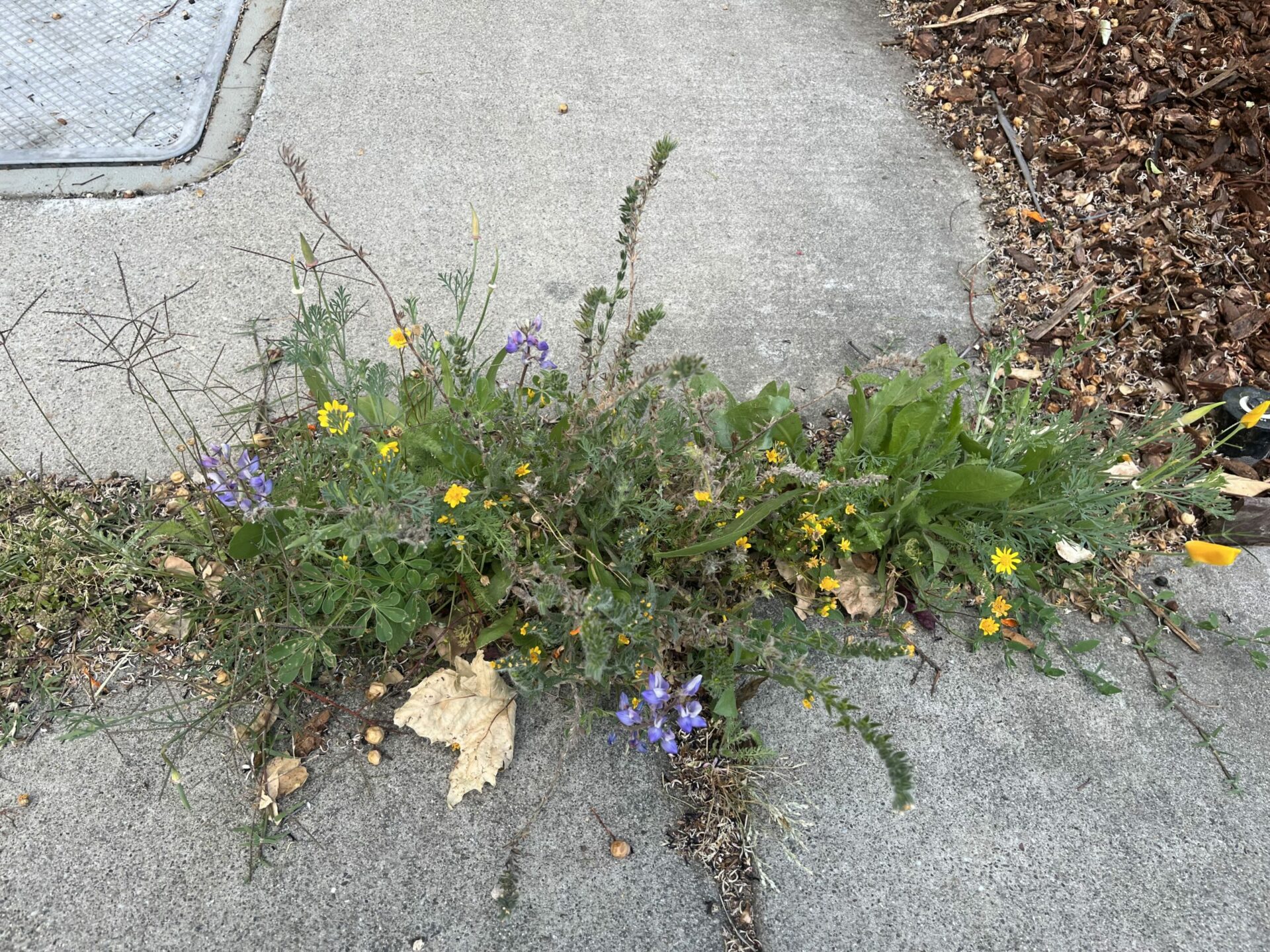
As of July 2022, several hundred people of the almost 2,000 who scattered seeds last fall continue to fill out the monthly form documenting any signs of native gumweed, California poppies, woolly sunflowers, or half a dozen other species they sowed growing around their respective patches of dirt, gravel, and asphalt. At least ten are educators who monitor the seeds with their students. When the project begins again with fresh packets of seeds this fall, the project will emphasize recruiting the region’s cycling community to scatter native seeds near transit medians and bike lanes.
“[It’s a fun way to get people] rethinking their role and what these human-made corridors for us to move around could be for a plant species to move around,” Krimmel said. He noted that although native species growing in tough places was good for pollinators, and exciting for ecological enthusiasts like himself, the benefits of “urban greening” for the broader community with the project scaling up could also include aesthetics, air quality, and an improved sense of place.
Other Recent Posts
Who Will Inherit the Estuary? Training for a Rough Future
The six-month program teaches students aged 17 -24 about the challenges facing communities around the SF Estuary, from Stockton to East Palo Alto.
Split Verdict Over State of the Estuary
Habitat restoration and pollution regulations are holding the Bay steady, but the Delta is losing some of its ecological diversity, says SF Estuary Partnership scorecard.
Volunteers Catch and Release Tiny Owls For Science
In Santa Rosa, citizen scientists capture northern saw-whet owls to help further research on climate impacts to the bird.
Antioch Desalination Plant Could Boost Local Water Supply
The $120 million plant opened this fall and treats 8 million gallons of brackish water a day, 75% of which is drinkable.
How Cities Can Make AI Infrastructure Green
Data centers fueling AI can suck up massive amounts of energy, water and land, but local policies can mitigate the impact.
What to Know about PFAS in Tri-Valley Water
In this nonfiction comic, explore how the city of Pleasanton is dealing with PFAS- contaminated groundwater.
ReaderBoard
Once a month we share reader announcements: jobs, events, reports, and more.
Artist Repurposes Shoreline Detritus
Courtney Griffith scours beaches and parks for everything from plastic to charcoal, mangled ropes and burnt wood to use in her work.
After The Fire: Scenes from Chinese Camp
One of California’s oldest Gold Rush settlements takes stock after a devastating fire — a photo essay.
Youth Group Tackles Heat Islands in Santa Rosa
A new youth advisory team convened by the Greenbelt Alliance and Latino Service Providers is exploring heat disparities in southwest Santa Rosa.
A young citizen scientist indicates where the native seed mix was scattered.
At its core, the Seed Pile Project may be so successful at engaging everyday participants because the question it asks is radically different: it asks “what can’t help but grow” rather than “what can we help grow.” It’s not an easy mindset shift for many. At a conference where Miridae Living Labs co-founder Caroline Larsen laid out the project in spring of 2022, the first audience question was how they protected seeds and young plants from predators. The FAQ section of the project website is full of soothing reminders to participants anxious over how to handle leafblown debris smothering their seedlings (the answer: do nothing).
Writing up this story, I surely read far too much into the simple scattering of yarrow and lupines, but couldn’t resist seeing a certain poetry in the whole endeavor. Environmental problem solvers often use the well-worn metaphor of low hanging fruits, but experimenting with these resilient plants seemed more like seeking fruits that fall into our laps. To find lasting solutions, communities can and must tap into efforts that cannot resist growing, even in the face of adversity.

